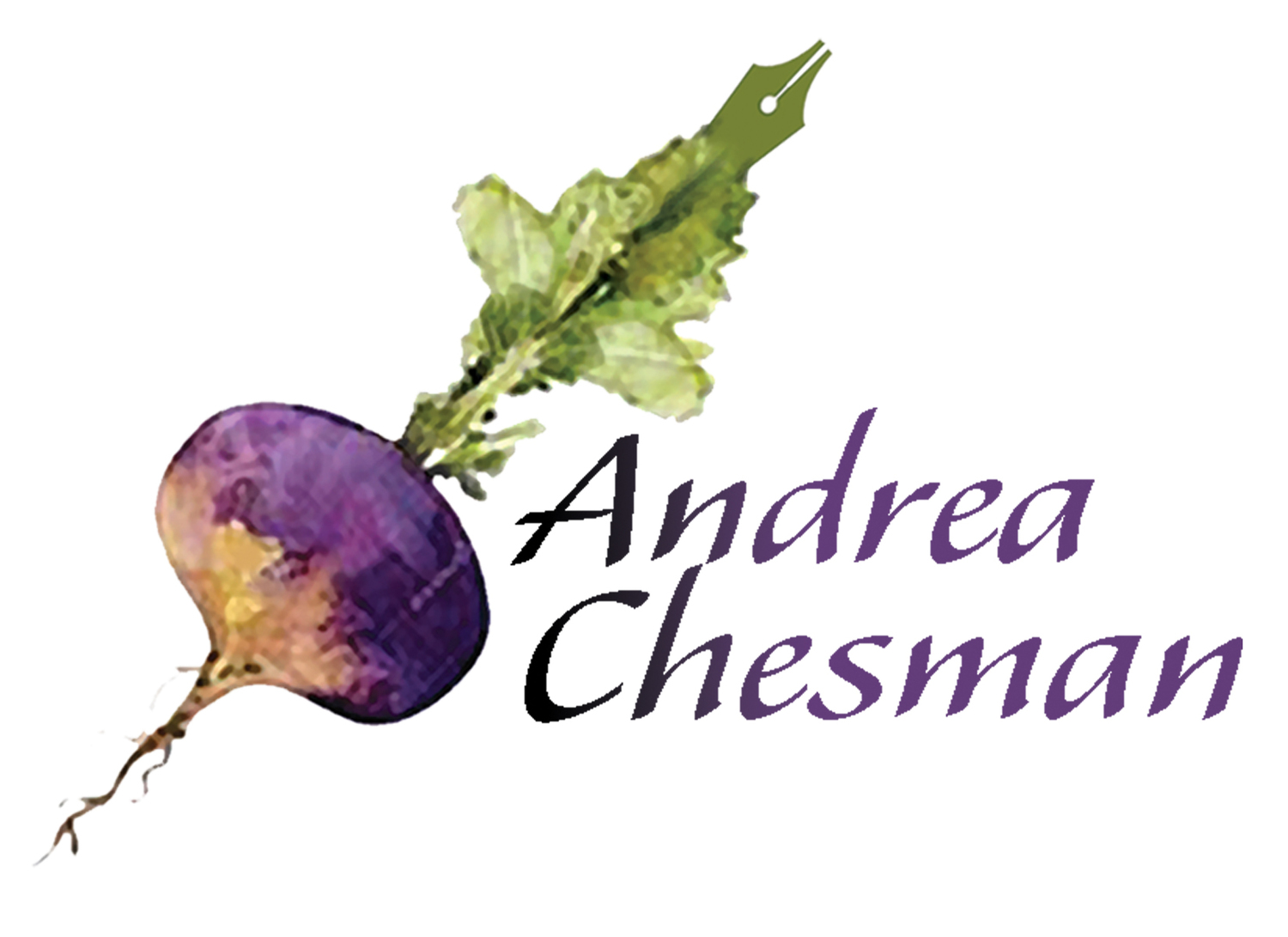 He was a mean old bird, but quite handsome.
He was a mean old bird, but quite handsome.
My neighbor Robert has a flock of lovely hens and a couple of mean ol’ roosters who work those ladies hard. Too hard. The roosters had to go and one of them came to me – live, in a large box.
I’d never cooked a rooster before and I was more than curious.
It fell to my son to reach a swift hand into the box and grab that rooster by the feet. He quickly swung the bird onto the counter, on top of a long sheet of plastic wrap, holding the wing against the bird’s body. I reached over to hold down the bird’s wing and we wrapped that bird in a snug Saran wrap blanket. We’ve done this before. It is a good way to immobilize a bird if you don’t have a cone.
Then outside went Sam and the bird and…
Back in the kitchen (it was minus 6°F) outside, we scalded the bird in my 5-gallon stock pot and placed it in a large plastic bin. In minutes we plucked that bird clean as we marveled at its long, narrow anatomy and beautiful feathers. Back onto the sanitized counter, Sam eviscerated the bird. I gave it a good wash in the sink, patted it dry, and bagged it.
Take your time with roosters, and they are more than worth eating, as are older birds. Roosters differ from older hens in that their bones are larger and sturdier (harder to cut) with more cartilage and denser muscles. Also the breasts are much smaller, and there is a greater proportion of dark meat. But the cooking rules are the same.
*Let the bird age in the refrigerator for 2 to 4 days. You can keep them in a container of water or just wrapped in plastic (after washing and drying well).
* Marinate for at least 12 and up to 48 hours, if you are planning to eat the meat. This isn’t necessary if you are simply making stock.
* Cook long and slow. In a Dutch oven with a lid, cook at 200° for at least 6 hours, or until the meat is falling off the bone. The manual for my slow cooker says High equals 212°F, Low equals 200°F, Simmer equals 185°F, and Keep Warm equals 165°F. If you are going to use a slow cooker, it is worth checking to make sure that Low is the proper temperature for your slow cooker; many run higher than that.
* Old birds vary! This is not a standardized piece of meat. Do not plan to serve the day you are cooking the bird, unless you plan to start very, very early in the morning. Far safer is to cook the bird a day in advance and give it as much time as it requires to become tender. Then skim off the fat, reheat, and serve.
 It was marinated for 12 hours in pinot noir.
It was marinated for 12 hours in pinot noir.
I used a pretty classic coq au vin recipe, coq being French for rooster, or cock. I cut the bird the bird into serving-size pieces and marinated it in pinot noir with a shallot, carrot, garlic, and celery for about 12 hours in the refrigerator. Next, I browned the pieces while I reduced the marinade. Then I strained the marinade and used it as the base of the cooking liquid, along with additional broth to keep the bird covered. When the meat was almost tender enough, I added sautéed mushrooms and garlic, sliced celery and carrots and pearl onions.
 Veggies are added when the meat is tender.
Veggies are added when the meat is tender.
Parslied potatoes were the perfect accompaniment. I’ve never enjoyed a better coq au vin, and it was so satisfying to know that I was turning a mean old rooster into a dish that was created with just that in mind.
 Coq au vin with parslied potatoes, bread, and more wine.
Coq au vin with parslied potatoes, bread, and more wine.
